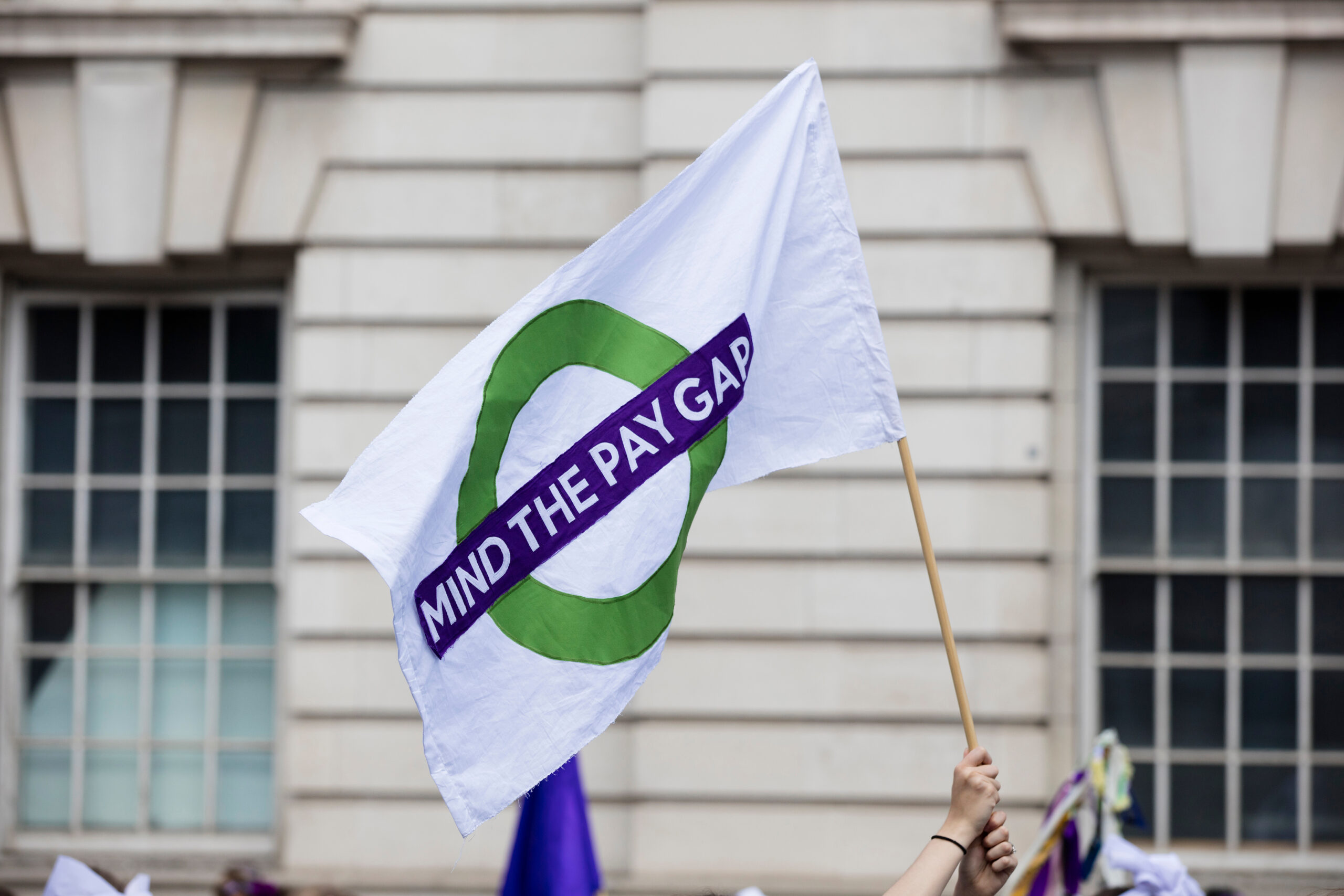New Zealand Announces Plans for Gender Pay Gap Reporting

In a pivotal move towards bridging the pay divide for women in New Zealand, the Government has unveiled plans to introduce public gender pay gap reporting.
Announced in a statement by Minister for Women Jan Tinetti and Associate Minister for Workplace Relations and Safety, Priyanca Radhakrishnan, New Zealand businesses over a certain size will be required to make their gender pay gaps public.
Approximately 900 businesses with a workforce of over 250 employees will be obligated to publicly disclose their gender pay disparities. The scope will broaden after four years to encompass businesses with over 100 employees, accounting for around 2,700 businesses.
Tinetti said this legislation stems from the fact that women’s experiences within the professional sphere can differ significantly from men’s. Forcing companies to publish their gender pay disparities will encourage organisations to tackle the underlying causes while promoting greater pay transparency for employees.
Read more: Tackling the Gender Pay Gap: 5 Causes of Pay Inequality
“This move is part of the Government’s ongoing commitment to make New Zealand an equitable and desirable place for people to live, work, and do business,” Tinetti said in the statement.
“Countries we compare ourselves to including Australia, Canada, and the United Kingdom have already successfully introduced gender pay gap reporting. We need to ensure we’re staying in line with international standards to attract highly skilled women to New Zealand and do what’s right as an inclusive and forward-thinking country.”
Associate Minister for Workplace Relations and Safety, Priyanca Radhakrishnan, echoed the significance of the announcement, deeming it a watershed moment in the pursuit of workplace equity. She said it will be voluntary for businesses to publish action plans initially, but that decision will be reviewed after three years.
The next phase of consultation will also include considerations to include ethnicity within pay gap reporting.
“The Government is also committed to exploring the inclusion of ethnicity in pay gap reporting as Māori, Pacific peoples and other ethnic groups often face the compounding impact of both gender and ethnic pay gaps. Through this next phase of consultation we’ll be able to consider the inclusion of ethnicity before legislation is drafted,” Radhakrishnan said.
Numerous pioneering businesses have already taken strides in addressing the gender pay gap. Approximately 200 companies, including industry leaders such as Spark, Air New Zealand, My Food Bag, and Sharesies, are either currently or have pledged to voluntarily disclose their gender pay disparities. The Government seeks to leverage the experiences of these frontrunners to establish a cohesive reporting model that ensures consistency and offers comprehensive guidance to both employers and employees.
Radhakrishnan said the Government will consult with businesses to design the gender pay reporting mechanism before legislation outlining the system is drafted.
In Australia, businesses of a certain size have been reporting on gender inequality indicators to the Workplace Gender Equality Agency since 2012. But under new legislation, the gender pay gaps of businesses with 100 or more employees will be made public for the first time from early next year.
Read more: Explainer: Australia’s New Closing the Gender Pay Gap Bill
The rationale behind the reform in Australia is to promote pay transparency and drive greater accountability when it comes to closing the gender pay gap. It firmly puts the responsibility on employers to take a closer look at their workforce and determine whether they’re doing enough to strengthen gender equality in the workplace.
Want to keep up-to-date with ELMO’s content? Subscribe to our newsletter for first-look access to our free research, blogs, and resources.
 HR Core
HR Core 









